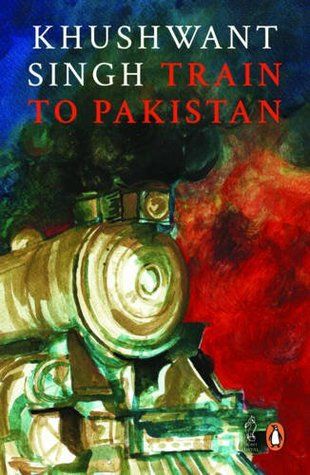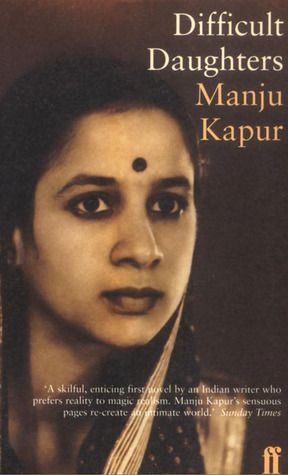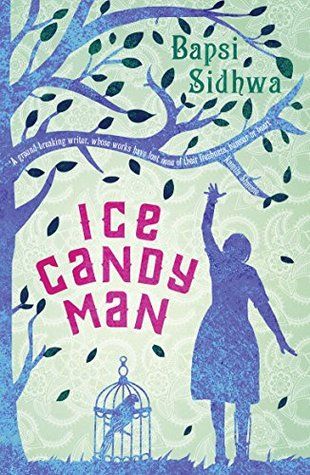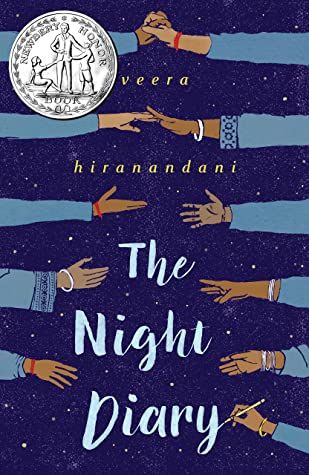Partition Literature: What Is It, Why Should You Care, And Where To Start
The long fight for India’s independence from the British Raj, which commenced with the Indian Mutiny of 1857, gained momentum after World War II. However, India’s desire for self-governance was coupled with severe inter-communal disharmony. The Hindu Indian National Congress and the Muslim League could not reconcile their views, which further added to the chaos ensuing escalation of sectarian violence. So in the year 1947, when the British finally left India, the country was divided into two independent nation-states — India and Pakistan. Following this decision, millions of people were forced to leave their homes and move to the other state, laboring through corpse-littered landscapes and not knowing what their future would be like.
They could never have anticipated how this political move, which was far removed from their individual wellbeing, would turn out to be one of the worst man-made calamities of the 20th century. Houses were demolished and looted. A deluge of bloated and disfigured bodies impeded water flow in canals. Thousands of people lost their lives to ethnic violence.
Even if they made it to the other side, peace was hard to come by. Makeshift refugee camps became the breeding grounds for numerous diseases. The bloodshed that followed in the aftermath of Partition irrevocably marred the history of India.
What is Partition Literature?
Partition literature is a nuanced depiction of the tragedy of Partition, a period in India’s history that is very hard to make sense of. It is an amalgamation of history, conflict studies, border studies, and politics. The multi-layered dynamics of the Partition of India, not only the political but also its metaphoric and symbolic relevance and ramifications, are remembered and revisited from multiple angles in Partition literature. Its end goal is to go beyond and debunk when necessary the standardized, unidimensional narrative of India’s Partition that has been commemorated by the state.
The literary portrayal of the Partition of India brings into limelight the plurality of human experiences. It also contests the arbitrariness of a nation and explores in-depth issues of class, gender, religion, ostracization, and the meaning of existence. The fragility of our humanity and the lows we are willing to stoop to come alive in the pages of fiction, once again urging us to assess the concept of civilization itself.
Why Should You Care About It?
Our history textbooks barely capture the horrors of Partition. Personally speaking, I was exposed to its dark side for the first time only after I joined a Bachelors’s program in English Literature at a liberal university. State-sponsored history books in schools have been highly censored, so they don’t talk about trains laden with decapitated bodies and limbs, brutal murders, and rape that accompanied the mass exodus. This is why we need to read Partition literature, as the monstrosity and emotional duress inflicted upon our people need to be documented and acknowledged, if not redeemed, since it’s too late already. Why was Sir Cyril Radcliffe, a British lawyer who lacked basic background knowledge about India, entrusted with the responsibility of deciding where and how to draw borders?
Partition literature interrogates when school history textbooks fail to pose the right questions. People who had never left their respective parishes were suddenly forced to pick one nation over another and migrate to lands unknown, leaving behind their kith and kin and everything they hold dear. While history textbooks often is an assortment of facts, thus mechanical in a way, Partition literature humanizes the anguish of the ones who got removed from their places of worship, who boarded trains hoping to reach “home” only to lose their lives to mass hysteria, and those who had to turn against their beloved neighbors to survive.
Partition Literature For Beginners
Here is a list of books that you might find helpful if you want to venture more into the world of Partition literature.

Train To Pakistan By Khushwant Singh
This is the story of a village where Sikhs and Muslims have coexisted peacefully for ages. But overnight, everything changed, and the villagers found themselves amidst an abyss of religious hate. This novel also has a love story between a Sikh boy and a Muslim girl blooming in the background, a love that transcended the pettiness of sectarianism.

Difficult Daughters By Manju Kapur
With the Partition of India as its backdrop, this book talks about unfulfilling marriages, complicated familial relationships, and the position of women in a society bent on exploiting them. Intelligent and empathetic, it draws the readers into a world where women’s existence is synonymous with perpetual plight.

Ice Candy Man By Bapsi Sidhwa
Lenny, our child narrator, put forward the complicated and shifting political repercussions of the Partition of India. The abduction of her beloved nanny turned her life upside down. This coming-of-age novel is an exceptional exploration of sexuality, love, class hierarchy, and women’s role in the grander scheme of things.

The Night Diary By Veera Hiranandani
This is a young adult novel of a half-Muslim and half-Hindu young girl who didn’t know which part of divided India she belonged to. What happens if we remove religion from the equation? Why is religion given so much importance if it is the source of all destruction? Beautifully written and evocative, this novel is perfect for every beginner trying to gauge the events of the Partition.
Partition literature is a well-rounded representation of the bloody legacy of religious extremism. It also showcases how we, as ordinary humans are capable of acts of extraordinary violence. For more on this, please check out A Woman’s History Of Partition: Life, Loss, And Identity.


إرسال تعليق
0 تعليقات